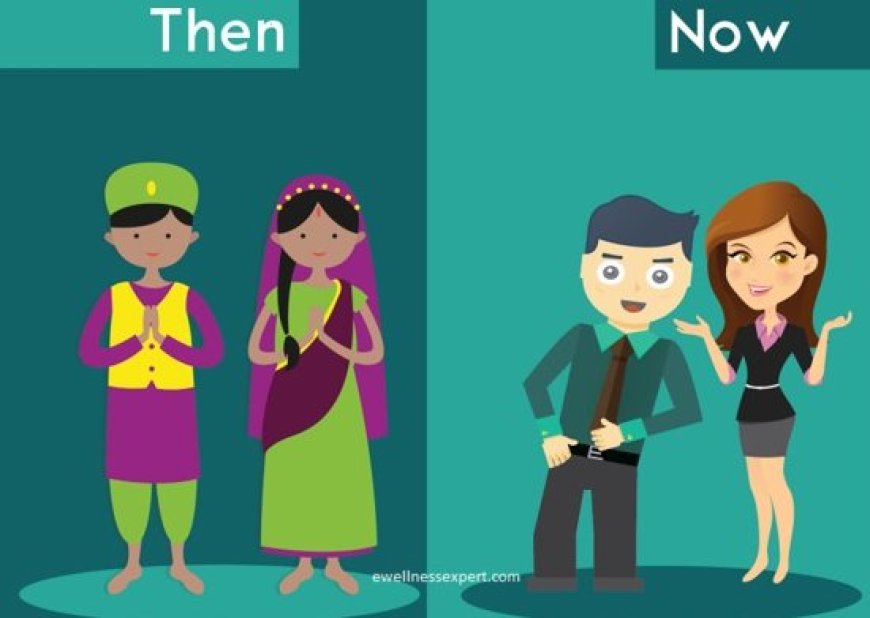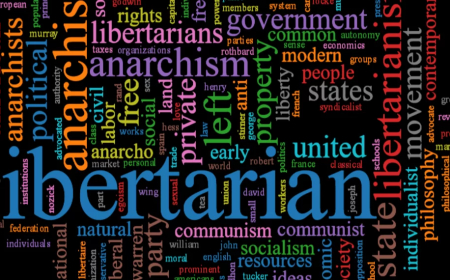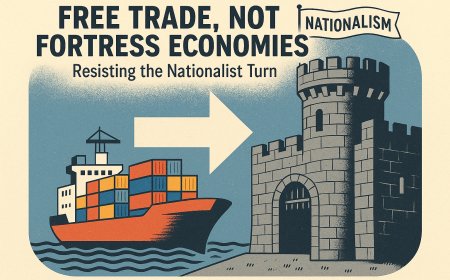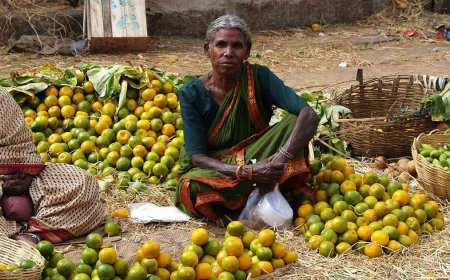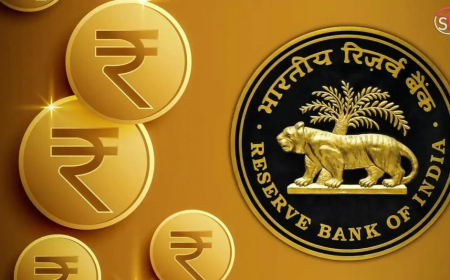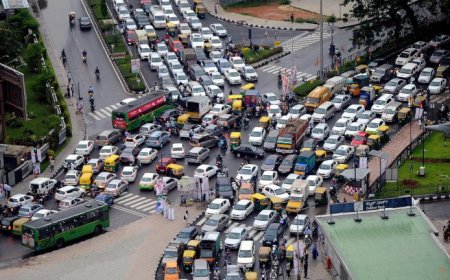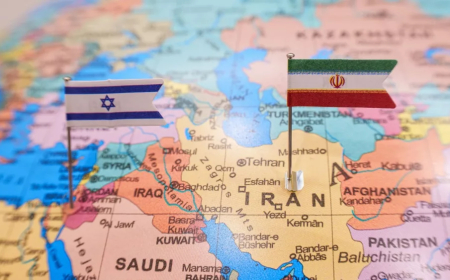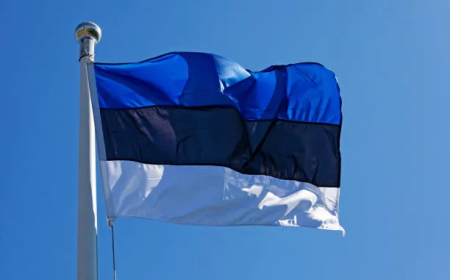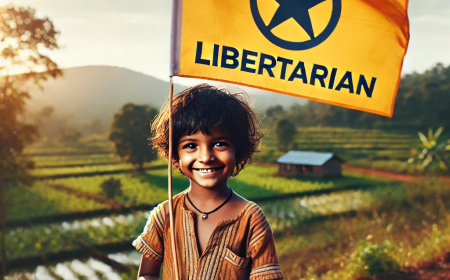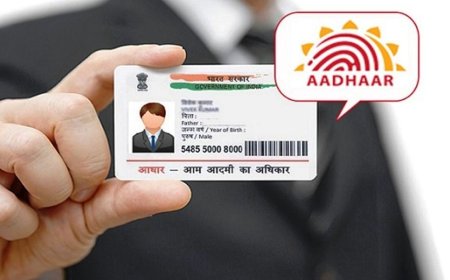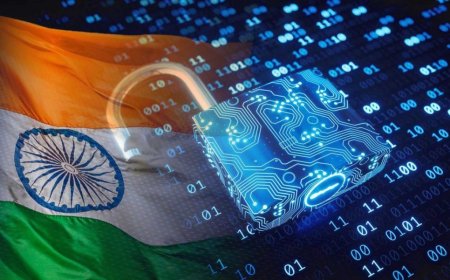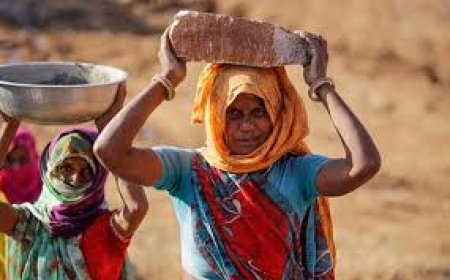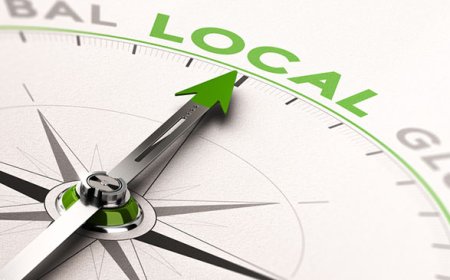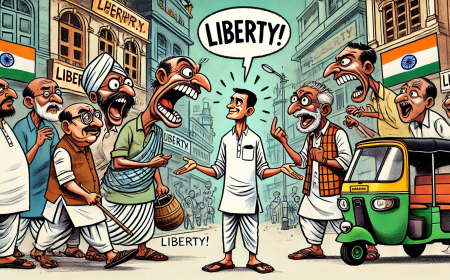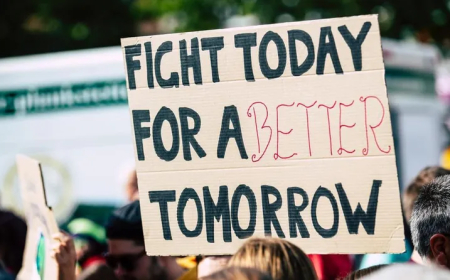Introduction: The Never-Ending Fear of ‘Western Culture’

Every few years, India is gripped by a new cultural panic. One decade, it’s jeans and short skirts. The next, it’s dating apps and live-in relationships. Then comes the outrage over rap music, OTT platforms, or influencers ‘corrupting’ the youth.
The story is always the same—politicians, religious leaders, and moral watchdogs claim that Western influence is destroying Indian values and that the government must intervene to ‘protect’ the culture.
But here’s the real question: Is this about preserving Indian tradition, or is it just another way to control personal freedoms?
The Pattern: How Moral Panics Are Manufactured
1. The Cycle of Outrage
If you look at history, you’ll notice a clear cycle of moral panic in India:
- 1970s-80s: English movies and disco music were ‘corrupting’ the youth.
- 1990s: Cable TV and Western fashion were ‘ruining’ Indian culture.
- 2000s: Mobile phones, texting, and rock music were ‘distracting’ students.
- 2010s: Social media and dating apps were ‘destroying’ family values.
- 2020s: OTT platforms, influencers, and feminism are ‘brainwashing’ young people.
No matter what changes, one thing remains the same—moral policing never stops.
2. Who Benefits from the Outrage?
- Politicians use moral panics to distract from real issues like unemployment, inflation, and corruption. Instead of fixing problems, they blame ‘Western culture’ for everything.
- Religious and social groups use it to push their conservative agendas and gain followers.
- The government uses it to justify more control—whether it’s censorship, banning apps, or policing people’s choices.
The goal is not to ‘protect’ Indian culture but to expand their influence over your life.
The Myth of ‘Pure Indian Culture’

1. Indian Culture Has Always Been Global
Indian culture itself is a mix of influences. Yoga, spices, and Ayurveda traveled to the world, and in return, we got chess from Persia, Mughlai food, and even the harmonium from Europe.
- Bollywood songs use Western beats and instruments.
- Cricket, India’s biggest obsession, is a British import.
- Even the traditional suit-boot worn by politicians is Western.
Yet, nobody calls these ‘Western corruption’—so why target jeans, music, or relationships?
2. The Double Standards of ‘Culture Protection’
- Bollywood copy-pastes Hollywood plots, but that’s fine.
- Indian billionaires send their kids to Harvard, but local students are told to ‘stay true to Indian education.’
- Politicians fly in private jets wearing Western suits, while they tell the public to ‘respect tradition.’
The reality is that ‘protecting Indian culture’ is just an excuse to restrict the middle class and the poor, while the elite live however they want.
What Happens When the Government Plays Moral Police?

1. Censorship in the Name of ‘Indian Values’
- Movies and OTT platforms get banned or censored because they show things ‘against Indian culture.’
- Books are taken off shelves because they ‘hurt sentiments.’
- Stand-up comedians and social media influencers get arrested or trolled for questioning traditions.
The result? A society where free speech is constantly under attack.
2. Restrictions on Personal Freedom
- Dress codes are enforced in colleges because ‘modern fashion is bad.’
- Public Valentine’s Day celebrations are banned because dating is ‘not Indian.’
- Live-in relationships face legal and social hurdles because they ‘go against marriage traditions.’
These are not cultural issues—they are ways to control personal choices.
The Real Threat to Indian Culture: State Control, Not Western Influence
Ironically, while people panic about ‘Western culture,’ the real threat to Indian traditions is excessive government control.
- The License Raj crushed Indian entrepreneurship for decades.
- High taxation and over-regulation have made traditional industries like handlooms and farming struggle.
- Religious and artistic freedoms are shrinking because of excessive government interference.
India’s cultural strength has always been its ability to adapt and evolve. The biggest danger is not Western influence but a government that tries to dictate how people live, dress, and think.
Conclusion: Freedom is the Real Indian Value

Indian culture has survived invasions, colonial rule, and globalization—not by closing itself off but by absorbing the best ideas from the world.
The next time someone tells you that ‘Western culture is ruining India,’ ask yourself:
- Are they truly worried about culture, or just trying to control what you wear, watch, or say?
- Who decides what is ‘Indian’ and what is not? The government or the people?
- Isn’t real Indian tradition about choice, freedom, and innovation rather than bans and censorship?
The truth is: Culture doesn’t need saving. People need freedom.
